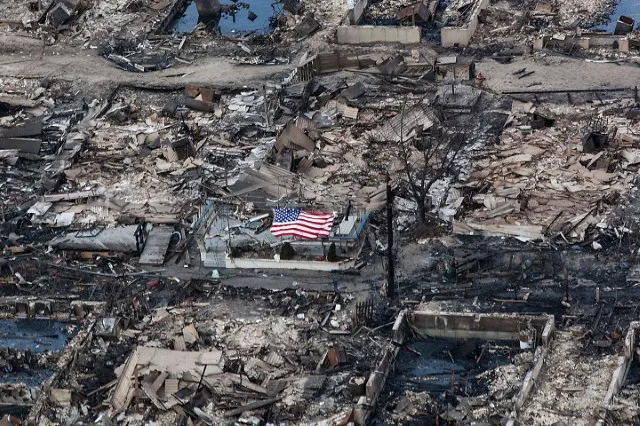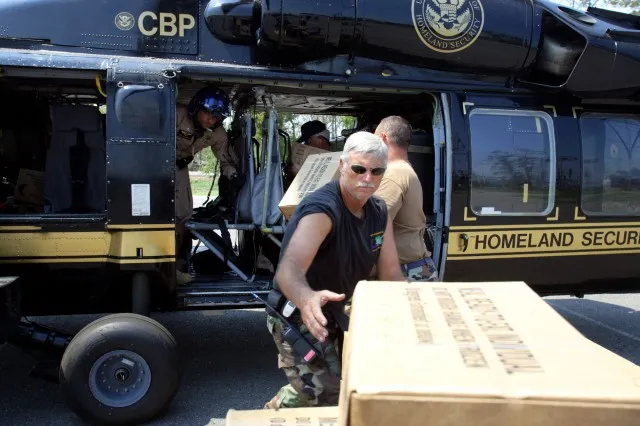Author: Commissioner R. Gil Kerlikowske

out homes
September is National Preparedness Month, and “readiness” has never been more important. This past summer, we’ve witnessed – and some of us have personally endured – a host of natural disasters, from fires throughout the West to flooding in Louisiana and West Virginia. We are now in the midst of hurricane season. While seasonal weather events like these are to be expected, we also must be prepared for unforeseen tragedies, such as a terrorist attack.
That’s why I want to encourage everyone to take a few simple steps to “be ready.” First, make an emergency plan with your loved ones: how will you communicate? Where will you gather? Where will you go? Second, assemble your emergency supplies, including a first-aid kit, water, non-perishable food, flashlights, blankets, and other necessities.
As part of the Department of Homeland Security (DHS), U.S. Customs and Border Protection (CBP) responds swiftly in the aftermath of a disaster, helping to restore essential services and provide for the safety and security of our communities.

other emergency supplies
One way we do this is by participating in the DHS Surge Capacity Force (SCF) – a volunteer force of federal employees who augment the Federal Emergency Management Agency’s (FEMA) responses to hurricanes, earthquakes, floods, and other natural and man-made disasters. CBP’s officers and agents are precluded from participating in the SCF because they need to remain on duty, but I have encouraged all non-uniformed CBP employees to sign up to be SCF volunteers.
DHS also offers a wealth of tips and toolkits on how to “be ready.” Visit the DHS website and learn how you can prepare, plan, and stay informed. Remember: readiness is the key to resiliency.

